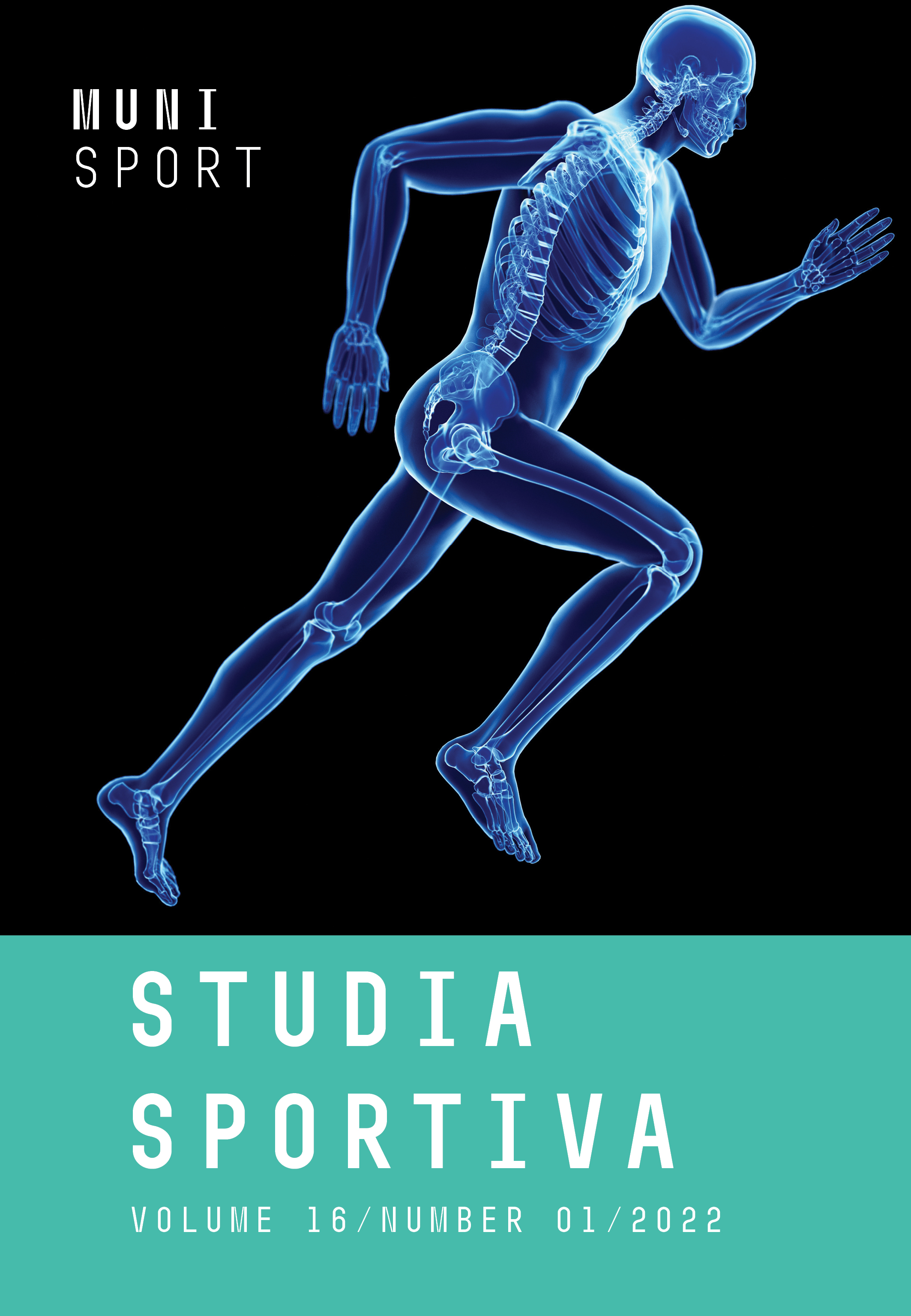Bilateral differences in handgrip strength in Czech female tennis players aged 11–12 years and injury prevention
Bilateral differences in handgrip strength in Czech female tennis players aged 11–12 years and injury prevention
Author(s): Tomáš Válek, Roman Kolínsky, Petr Konečný, Jiří ZhánělSubject(s): Sports Studies
Published by: Masarykova univerzita nakladatelství
Summary/Abstract: The term laterality refers to the preference or dominance of the lateral asymmetry of the human body. The prevalence of left-handedness is reported to be 10–13%, but in some sports (e.g. boxing, ice hockey, tennis), the proportion of left-handers is higher. The left-handedness is considered an advantage in tennis; however, the one-sided load can cause muscular dysbalances leading to injuries. The research aim was to assess bilateral differences in handgrip strength in top Czech female tennis players U12 as to injury prevention. The participants were tennis players (n = 165) aged 11.0–12.9 years taking part in the regular testing by the Czech Tennis Association using the TENDIAG1 test battery between 2000 and 2018. 87.3% of all players were right-handed (RH) and only 12.7% left-handed (LH). Bilateral differences between the right- and left-hand strength of all players were medium significant in favor of the right hand. The assessment of differences between RH and LH players showed only small differences in favor of LH players. There was a medium significant difference between RH and LH players in favor of the dominant hand (DH) over the non-dominant one (NDH). As to injury prevention, it is surprising that a difference between DH and NDH strength >15% was found in 40.91% of RH players and even in 40.06% of LH players. This predicts an increased risk of injury, so it is desirable to pay attention to both sides of the training load and to include compensatory or strengthening exercises.
Journal: Studia sportiva
- Issue Year: 16/2022
- Issue No: 1
- Page Range: 113-119
- Page Count: 6
- Language: English

